
There’s nothing like the colors, scents, and tastes of a flourishing, thriving garden. If the ground is still frozen or muddy, rejoice: You have a little extra time for planning, designing, and getting your seeds, seedlings, and equipment together. Once the earth softens and warms, it’s on! Remember, you don’t need to get everything done in a day. Rotate among these tasks and do a little at a time, and before you know it your garden will be looking great. (And so will you, between fresh air, sunshine, and microbial antidepressants in soil.)
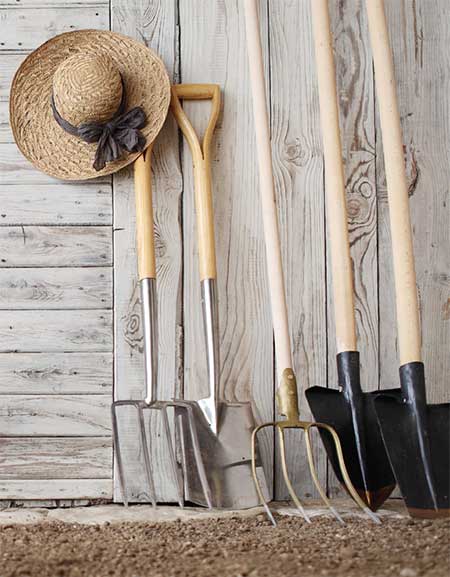
1. evaluate
Are there empty spots that need to be filled in? (Remember, every plant you love and want lessens the space available to the weeds you don’t want.) Are the tools you need in good repair? Sharpen blades and check wooden handles for weak spots that might crack or splinter. Got a hat? Gloves?
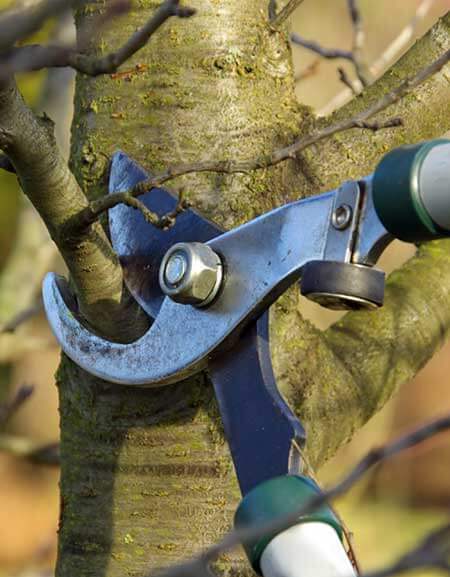
2. tidy up
Start from the top: Are there trees that need pruning or dead limbs whacked off? Cut down and compost perennials. Check hardscapes for winter damage that needs repair. Get rid of standing water where mosquitoes will breed. Rake and redistribute mulch as needed. In short, handle all the tasks that will be much, much easier now while your baby plants are still sleeping—before you need to be extra careful where you step to avoid damaging them.
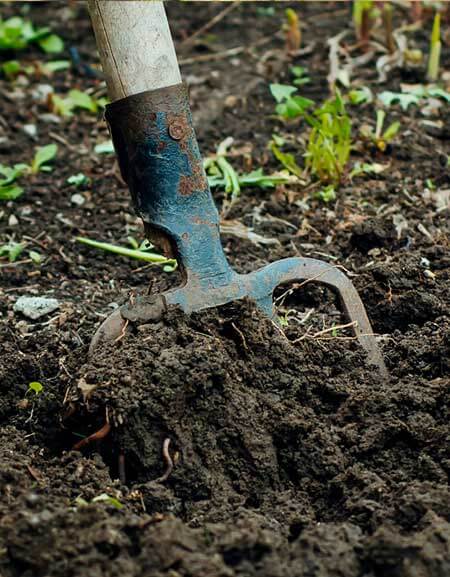
3. prep your beds
Get rid of any dead weeds or other winter debris. Get down deep and turn and aerate your soil, then amend with four inches of compost or seasoned manure and work that in with your spade to a depth of about a foot. Rake smooth. It’s a hump, but your plants will love you for it.
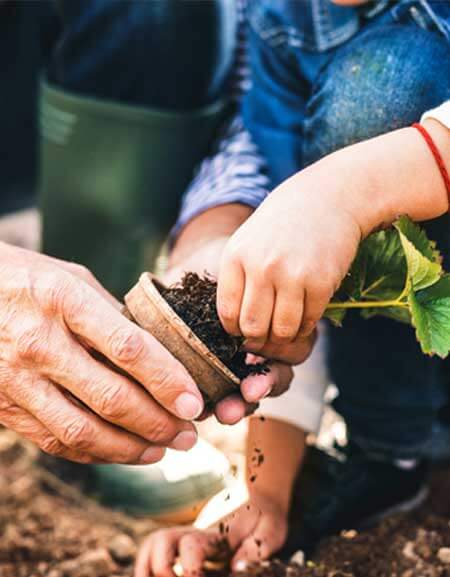
4. plant
First to go in should be bare-root choices like roses and fruit trees, best planted on a cool and overcast day. Take care to water container plants thoroughly right before and right after planting—and be gentle with those precious roots! Seeds to plant in early spring include sweet peas, poppies, calendula, lettuce, parsley, arugula, and spinach.
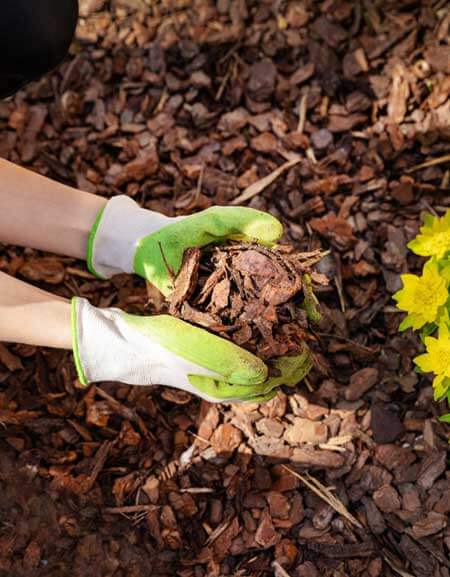
5. mulch
Finished compost, straw, or wood chips between your plants will retain moisture and help prevent weeds from taking hold. Plus, it looks great.
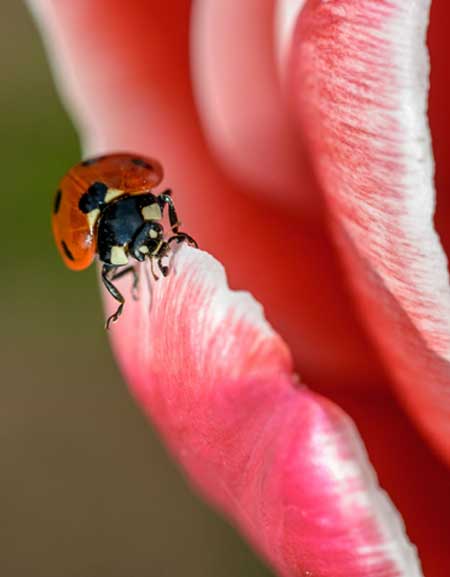
6. welcome some critters
Consider the critters. Clean bird feeders and baths with a vinegar solution (about 1 cup to two gallons water) and rinse thoroughly. Lady bugs, spiders, grown beetles and parasitic wasps are to be welcomed, as they feed on the bugs that eat your plants. Consider adding pollinator-friendly native plants along your perimeter.

